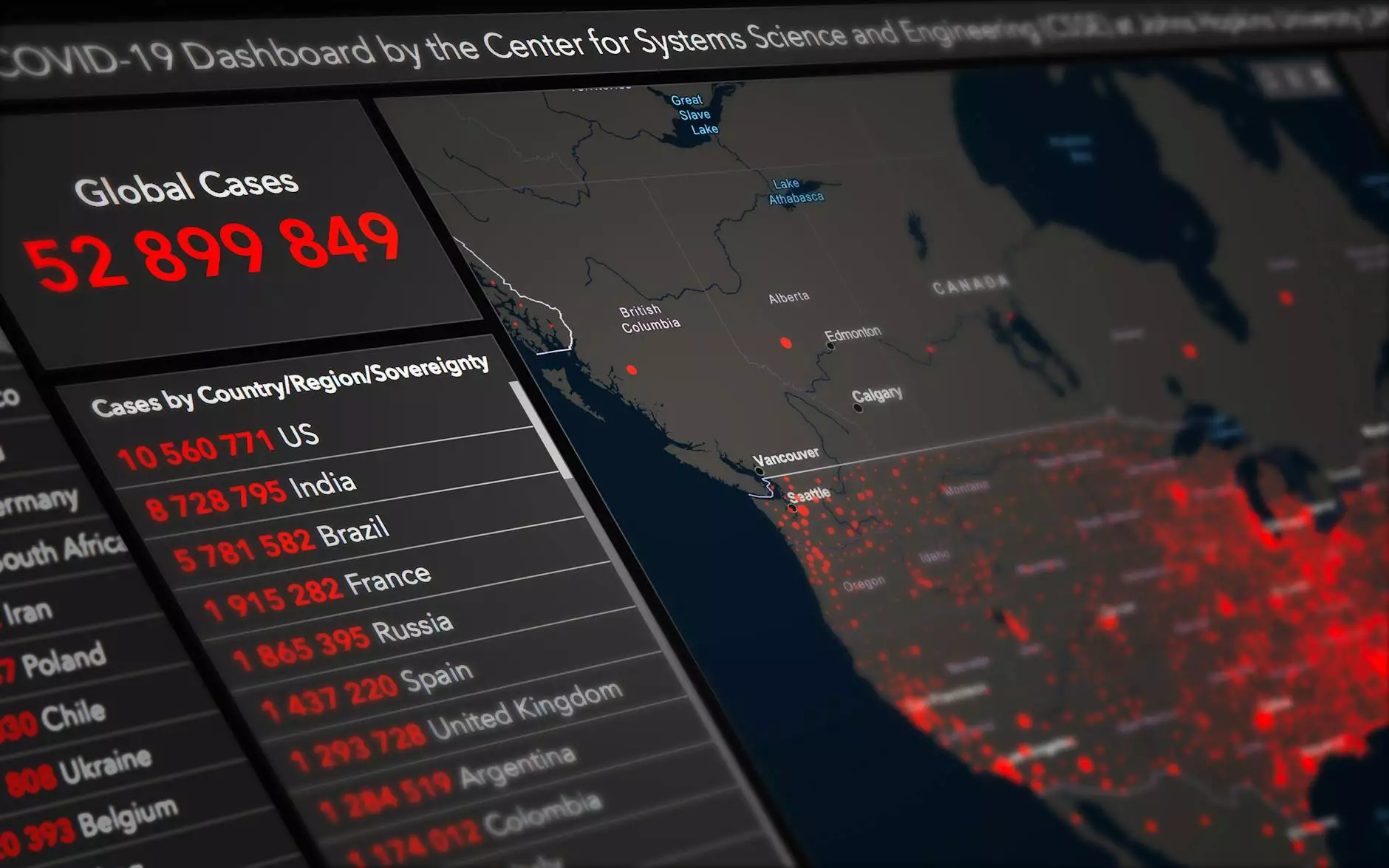Understanding Human Risk Assessment in Modern Business

The landscape of business security is constantly evolving, and at the forefront of these changes is the concept of human risk assessment. Organizations today face a myriad of challenges when it comes to safeguarding their assets, data, and personnel. In this article, we delve deep into what human risk assessment entails, why it is essential, and how businesses can implement effective strategies to mitigate risks associated with human behavior.
What is Human Risk Assessment?
Human risk assessment refers to the systematic evaluation of risks posed by human actions within an organization. Unlike traditional risk assessments that primarily focus on technological or environmental threats, human risk assessments consider factors such as employee behavior, training gaps, and organizational culture. This approach recognizes that employees can either be a security asset or a significant liability, depending on how they handle sensitive information and security protocols.
Why is Human Risk Assessment Crucial for Businesses?
In today's business environment, where cyber threats and data breaches are rampant, human risk assessment has become a key component of a robust security strategy. Here are several reasons why it is crucial:
- Mitigating Insider Threats: Employees with malicious intent can cause severe damage. Assessing human risk helps identify potential insider threats.
- Enhancing Compliance: Many industries have regulatory requirements that encompass employee conduct. Regular assessments help ensure compliance and reduce legal risks.
- Improving Employee Training: Understanding gaps in knowledge and awareness allows organizations to tailor training programs effectively.
- Promoting a Secure Culture: By actively engaging in human risk assessments, businesses foster a culture of security and awareness among employees.
Key Components of Human Risk Assessment
Implementing a successful human risk assessment involves several critical components:
1. Identifying Dangerous Behaviors
Recognizing behaviors that might lead to security breaches is the first step. This can include things like:
- Inadequate password management
- Failure to report suspicious activities
- Ignoring security protocols during day-to-day operations
2. Evaluating Current Security Policies
An assessment of existing security policies is vital. Are the current policies effective in mitigating human risks? Regular reviews and updates are necessary to ensure that security measures keep pace with evolving threats.
3. Conducting Employee Surveys and Interviews
Engaging directly with employees through surveys and interviews can uncover insights into their perceptions of security practices and any barriers they face in adhering to protocols.
4. Analyzing Incident Reports
Reviewing past incidents gives businesses valuable information on common vulnerabilities and areas where human error has led to security issues. This analysis can guide future prevention strategies.
Steps to Conduct an Effective Human Risk Assessment
To perform a thorough human risk assessment, organizations should follow a structured approach:
Step 1: Define the Scope and Objectives
Establish what you want to achieve with the assessment. Be clear about which areas of the organization will be evaluated and the specific human behavior risks you aim to address.
Step 2: Gather Data
Collect data from multiple sources, including employee feedback, security incident records, and compliance audits. This multifaceted approach ensures a comprehensive understanding of potential risks.
Step 3: Analyze the Data
Examine the data for patterns and trends. Identify high-risk areas and behaviors that pose the most significant threats to your organization.
Step 4: Develop Risk Mitigation Strategies
Based on your analysis, develop customized strategies to address identified risks. These might include enhanced training programs, revised policies, or more robust security measures.
Step 5: Implement and Monitor
Put your strategies into action and establish ongoing monitoring processes to evaluate their effectiveness. Continuous improvement should be the goal as new risks emerge.
Benefits of a Proactive Human Risk Assessment Approach
Adopting a proactive approach to human risk assessment can yield numerous benefits for organizations:
1. Reduced Risk of Data Breaches
By identifying and addressing human behavior risks, businesses significantly reduce their vulnerability to data breaches caused by employee negligence or malicious actions.
2. Enhanced Trust and Morale
A business that prioritizes security fosters a sense of trust among its employees, leading to higher morale and productivity. Employees feel valued when their organization actively protects them and their work.
3. Improved Business Continuity
Organizations that evaluate and mitigate human risks can better maintain continuity in operations during crises, thereby minimizing potential disruptions.
Challenges in Human Risk Assessment
While human risk assessment is invaluable, businesses may encounter challenges in implementation:
- Resistance to Change: Employees may be hesitant to adopt new practices or fear repercussions from reporting security issues.
- Data Privacy Concerns: Gathering and analyzing data on employee behavior must be balanced with respect for individual privacy rights.
- Resource Allocation: Effective assessments require time and resources that may be stretched thin in a fast-paced business environment.
Best Practices for Effective Human Risk Assessment
To overcome challenges and enhance the effectiveness of human risk assessments, consider incorporating the following best practices:
1. Foster a Culture of Security
Encourage open communication about security and risks. Make it clear that security is everyone's responsibility and not just the IT department's.
2. Provide Regular Training and Awareness Programs
Continual training ensures employees are aware of potential risks and the steps they can take to mitigate them. Gamifying training can also increase engagement and retention.
3. Utilize Technology for Data Analysis
Leverage technology and software tools to analyze data gathered from risk assessments. These tools can offer insights and track changes in human behavior over time.
4. Monitor and Revise Security Policies Regularly
Security policies should not be static. Regularly update them based on new threats, feedback from employees, and lessons learned from incidents.
Conclusion
In conclusion, human risk assessment is an essential part of any comprehensive security strategy in the business environment. By understanding and addressing the risks associated with human conduct, organizations can better protect themselves against varied threats and create a culture of security. Businesses that prioritize these assessments not only safeguard their assets and data but also empower their employees to contribute positively to the organization's overall security posture.
As we advance further into the complexities of modern business, the importance of integrating human risk assessment into our core strategies cannot be overstated. By adopting a proactive stance towards identifying human-related vulnerabilities, organizations will be better equipped to face the challenges of today and tomorrow.









